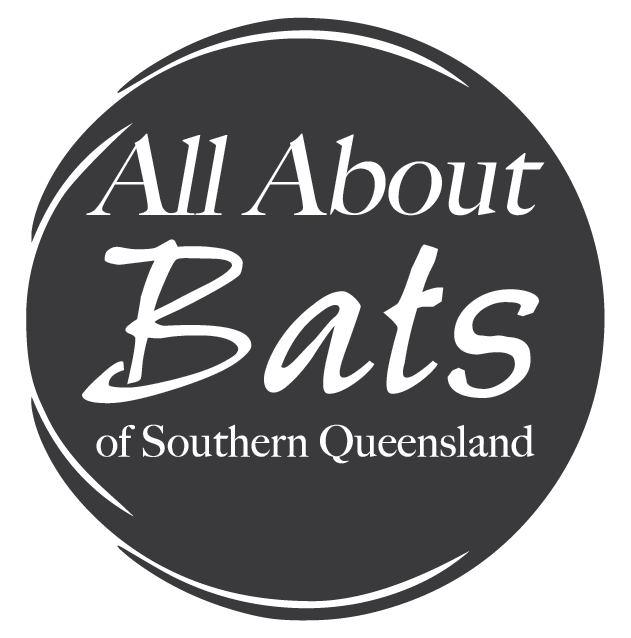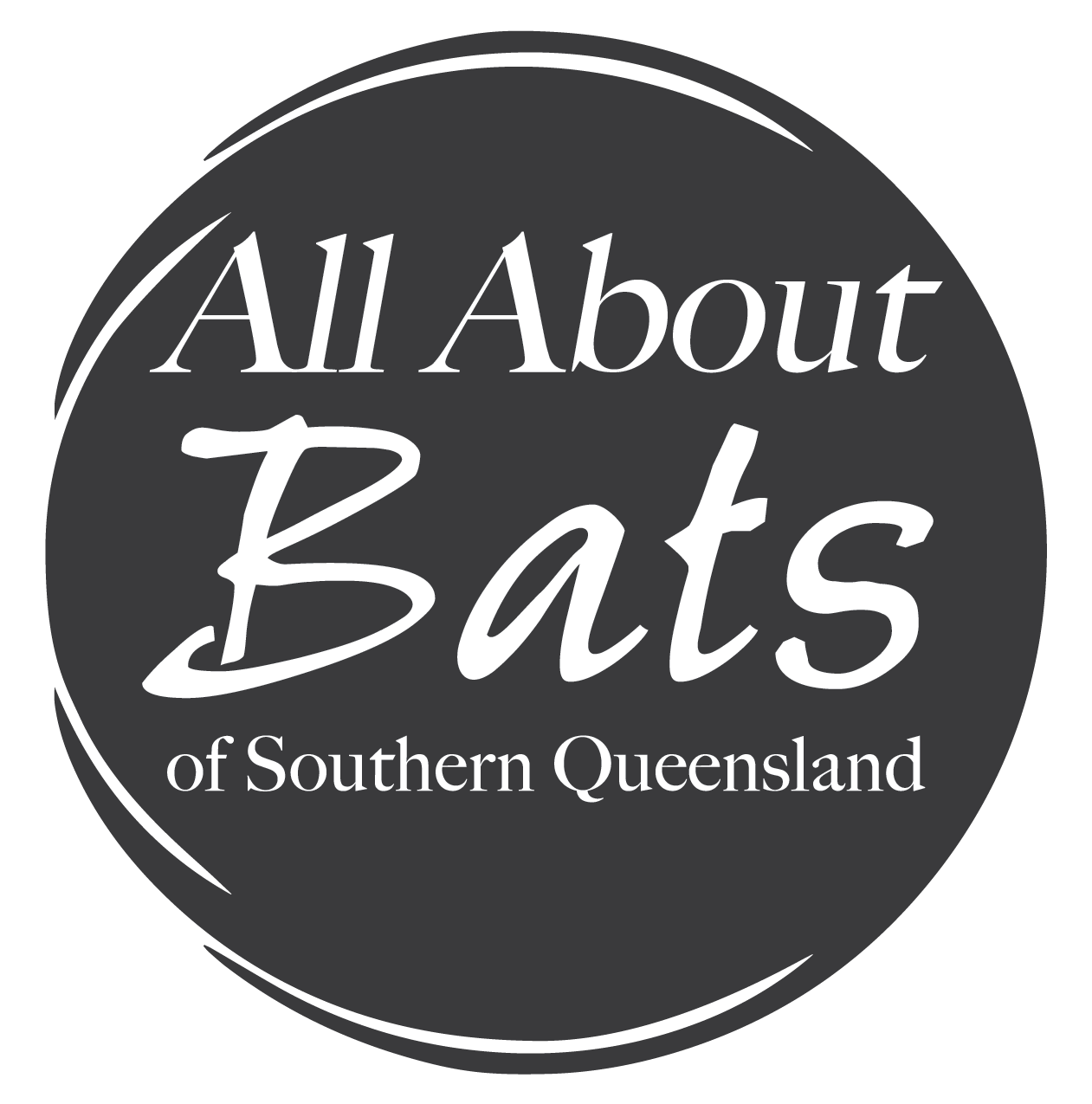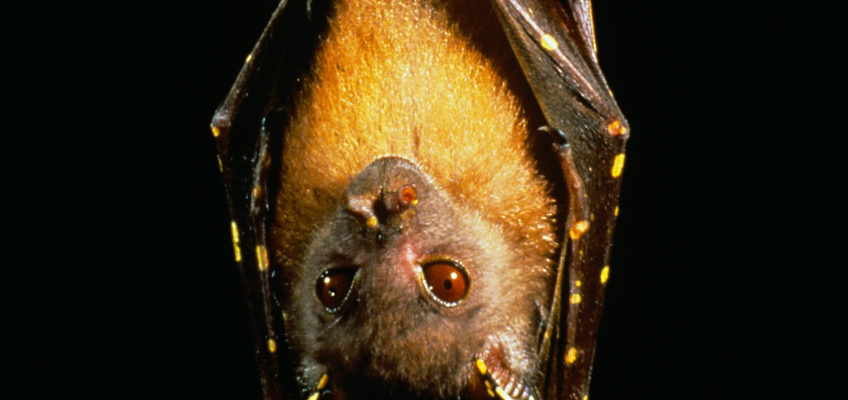Nyctimene robinsoni
Generally a solitary species, the Eastern tube-nosed bat can be found in subtropical and tropical rainforest along the Queensland coast. They have long, protruding, tube-like nostrils and bright yellow spots splashed across its wings and ears. They have a long tail and make a distinctive whistling call while in flight.
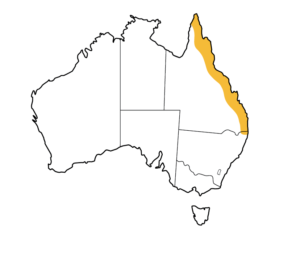 Habitat
Habitat
Their camouflage makes them quite inconspicuous, even on exposed braches. The eat a variety of fleshy fruit, favouring figs and are considered by some to be orchard pests. They generally don’t forage further than 1 km from their roost.
Breeding
A single baby is born between October and December.
Predators and Threats
Tree snakes, owls and feral cats. Barbwire fences and habitat loss.
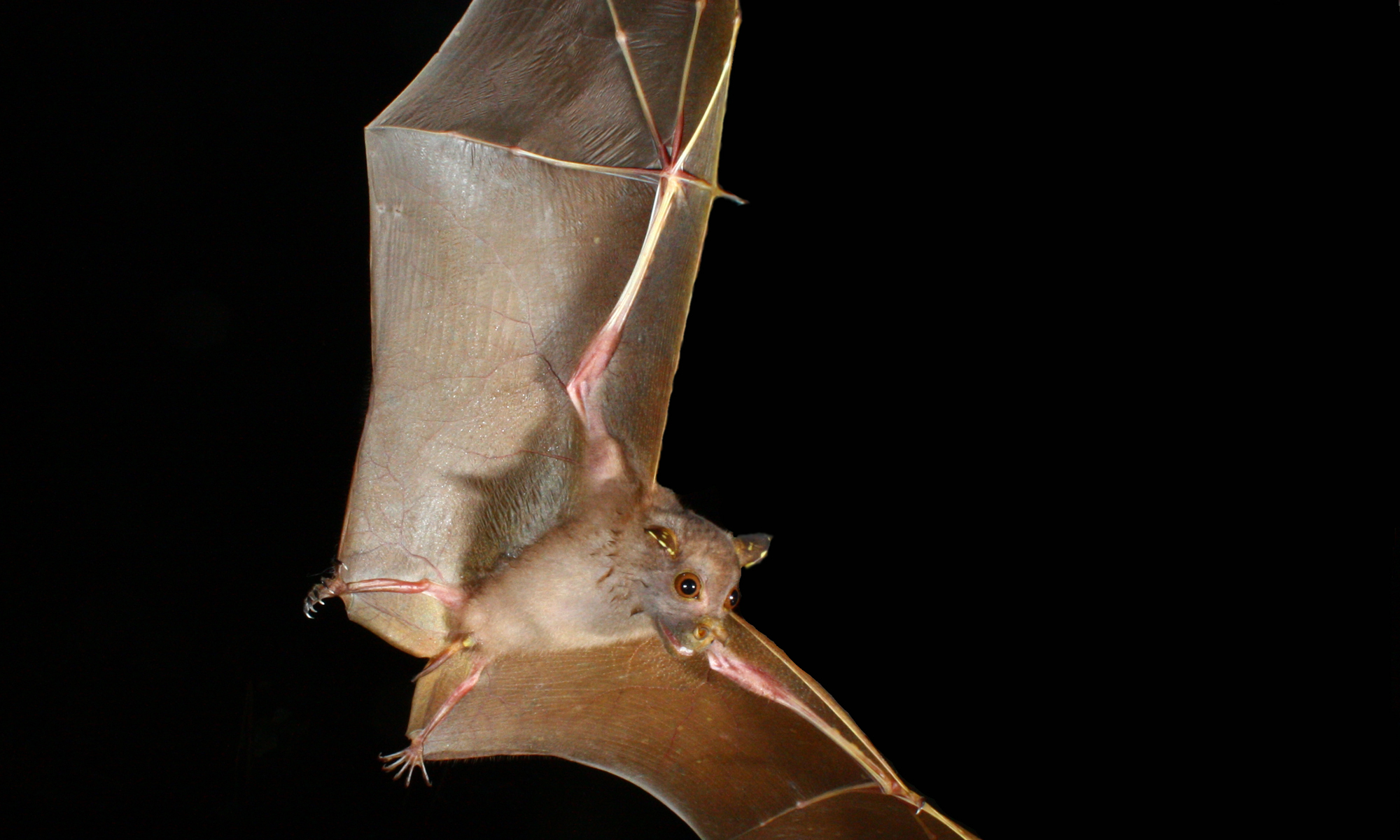
Photo: Les Hall (top), Michael Pennay (above)
Sources:
Churchill, S. (2008) Australian Bats (2nd Edition). Allen and Unwin, Sydney.
Hall, L. (2009) Bats, A Wild Australia Guide. Steve Parish Publishing, Queensland.
Atlas of Living Australia
